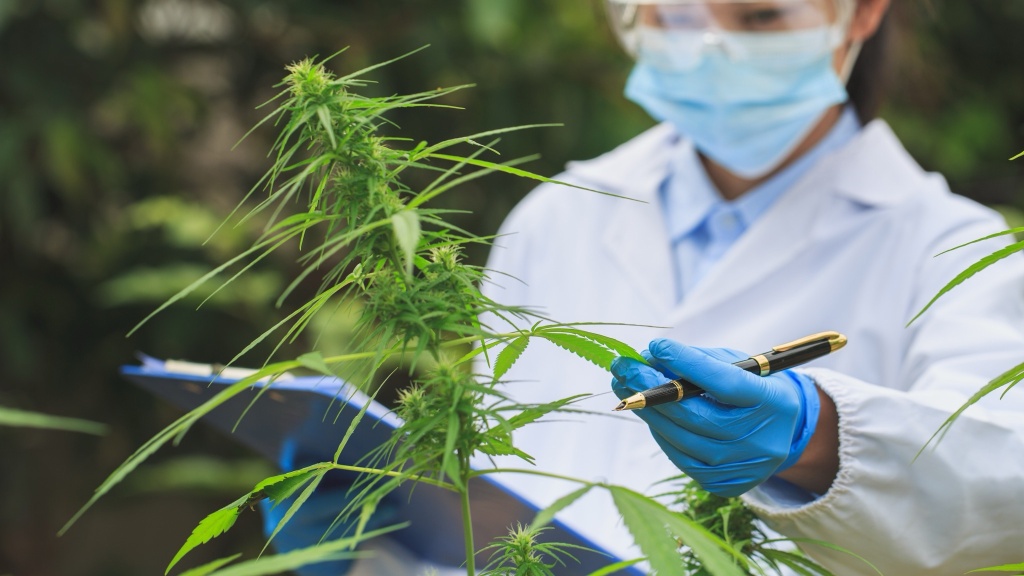New cannabinoid discovered—and it has big potential

The cannabis plant contains dozens of active compounds, the most well-known being cannabinoids such as THC and CBD. But these two are far from the only ones of interest. Now, scientists have identified a cannabinoid never before seen in cannabis — and it may hold major therapeutic potential.
RELATED: New cannabis-derived drug could revolutionize healthcare
The findings, published in the Journal of Natural Products, detail a newly discovered compound called cannabizetol (CBGD) — a rare dimeric cannabinoid. These types of cannabinoids are formed when two cannabinoids bind with a methylene bridge, with CBGD being only one of four currently known.
More importantly, the new cannabinoid was found to have significant potential for therapeutic use, particularly in dermatology. The research team exposed CBGD to 84 different inflammatory genes, learning it performed even better than other dimeric cannabinoids.
“Cannabizetol exhibits remarkable antioxidant and skin anti-inflammatory activity,” the study authors wrote.
No conflicts of interest were noted in the paper.
RELATED: Weed might boost your brain — here’s why
The research underscores how much remains undiscovered about the cannabis plant and its active compounds. In fact, new compounds are being found in the plant all the time.
Earlier this year, Korean researchers identified another new cannabinoid called cannabielsoxa. At the same time, they detected two molecules never before seen in cannabis: hydroxypheophorbide b ethyl ester and ligulariaphytin A. Both of which are believed to have anti-tumor capabilities.
Meanwhile, a team in South Africa found flavoalkaloids in a strain of cannabis called Blue Sky. This discovery was particularly interesting since these powerful antioxidant compounds are especially rare in the plant world.
As research into cannabis evolves and becomes more sophisticated, scientists are likely to learn even more about the potential of the plant. The medical implications could be profound — the next breakthrough treatment may already be growing in plain sight.
